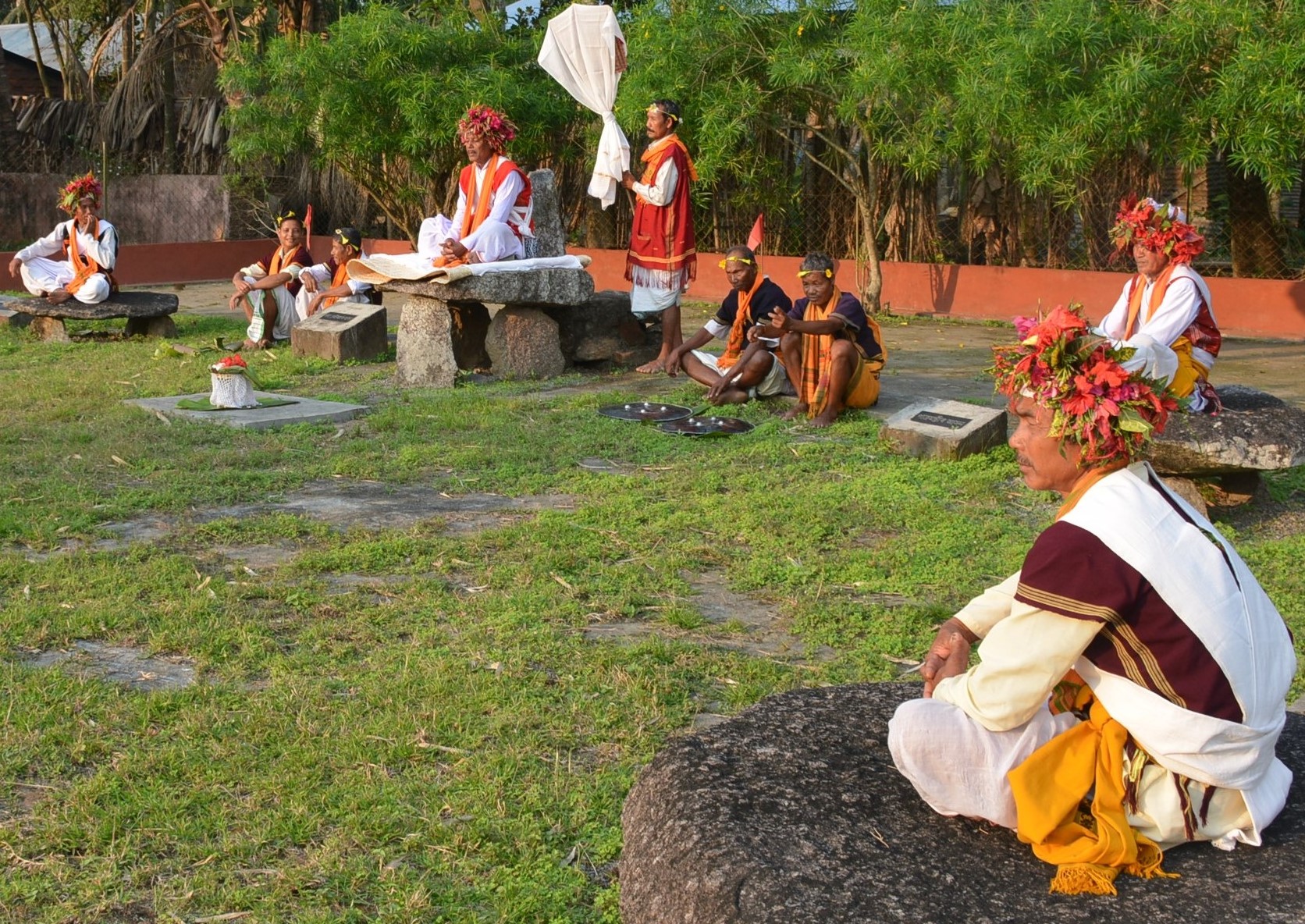Modeling Past and Present in the Eastern Highlands of Papua New Guinea
DOI:
https://doi.org/10.7152/jipa.v44i0.15657Abstract
The existence of “fringe societies” in Papua New Guinea has long been recognized by anthropologists. In the New Guinea Highlands, the term refers to peoples who occupy the fringes of more populous and better-known valleys. In many instances, these groups also subsist on staples other than Ipomoea batatas, more commonly known as sweet potato, a tuber introduced to the highlands within the last 300 years. The Awa at the far eastern edge of the Eastern Highlands are such a group, and the word fringe has often been used to describe them. Surprisingly, anthropologists and archaeologists have not seized on the possibility that their unusual subsistence represents a survival of a previous adaptation that has not completed its conversion to the new crop. The authors of this paper use the Awa economy to model a pre-ipomoean past for members of the Tairora language subfamily, namely, the South Tairora, Auyana, and Awa languages. Using archaeological, paleoenvironmental, demographic, and ethnohistorical data from our study area; data for Awa from ethnographer David Boyd’s research; and other sources and simulation modeling, we explore long-standing questions about the dispersal of early horticultural peoples, its determinants, the differentiation of languages, possible time frames for their migrations, and impacts on the resulting landscapes.

